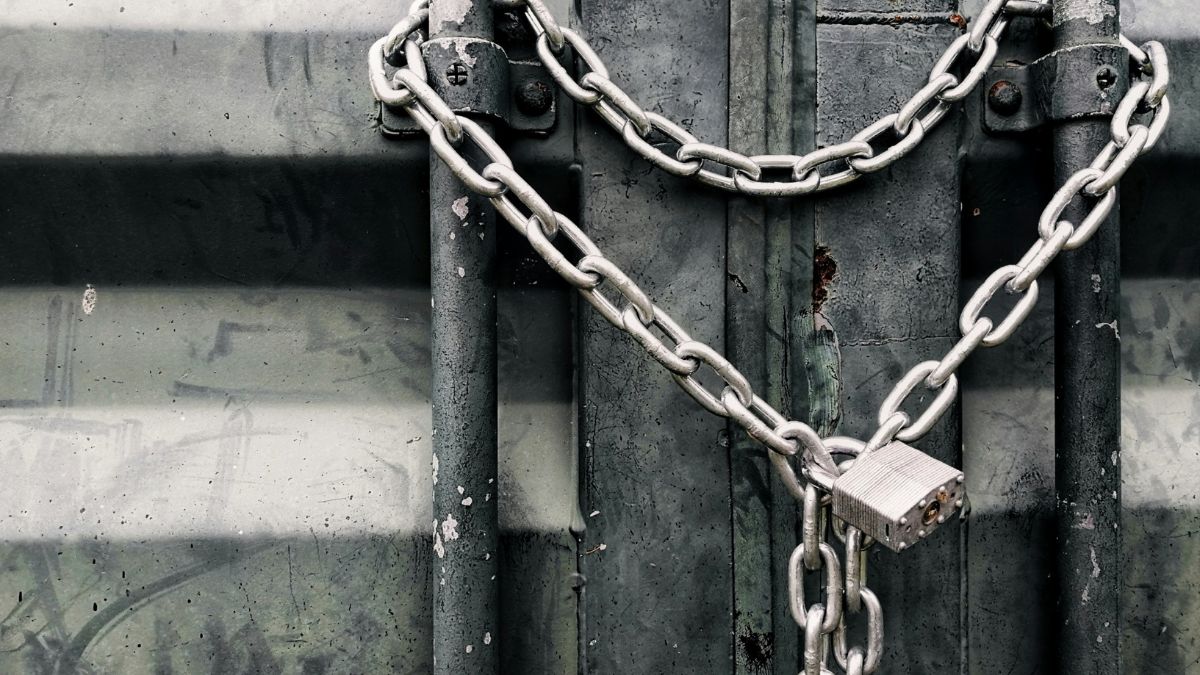


 Can you imagine a world where old people die alone at home, and no one notices? We’re already there.
Can you imagine a world where old people die alone at home, and no one notices? We’re already there.
Yesterday, John Stonestreet told you about the United States’ declining fertility rate. It has dropped to 1.77 children per woman from a post-World War II high of 3.7 children per woman in the late 1950s.
To put this in perspective, that’s lower than European countries such as France, the U.K., Sweden, and Norway. And it’s not much higher than Denmark’s, whose “do it for Denmark” ad campaign was mocked by many social conservatives.
But while John told you about the numbers, I want to tell you a couple of stories that provide a glimpse of what our future might hold. Both of them take place in Japan where, as Hall of Fame football coach George Allen used to say, “the future is now.”
The first occurred about a decade ago and concerned Kokura Yukari, a student at an Elementary School in northeastern Japan. Actually, Yukari was the only student at the school.
While Yukari’s situation was unusual, the lack of school-age children in Japan is not. Between 2002 and 2013, 5,800 schools closed in Japan. Many more remain “open” only because there’s no workable alternative to keeping them open.
Between 1980 and 2015, the number of Japanese school age children dropped by almost half. Between now and 2050, the number of children under the age of fourteen is expected to drop by half. At the same time, the number of people over ninety is expected to grow to three million.
And that brings me to the second story. A recent New York Times article told readers about a generation of Japanese who are dying alone. By some estimates, 4,000 elderly Japanese die at home alone per week. The only thing that marks their passing is the smell that tips off the neighbors.
The two stories are connected. The same forces that produced schools with only one student also produced elderly people dying alone. Japan is locked in a “demographic crucible of increasing age and declining births.” The result is the “extreme isolation of elderly Japanese,” which, in turn, has spawned an entire industry that specializes in cleaning out apartments where “decomposing remains are found.”
Can this happen here? Well, it has already begun to. In 1980, there were five workers for every retiree. Today, there are less than three. By 2030, there will be two. In 2016, there were approximately 46 million Americans over 65 – by 2060, it’s estimated there will be 98 million, all of them members of the cohort dubbed “millennials.”
That would be the same cohort who aren’t having kids today.
For years, we have treated Japan’s demographic demise, if we were aware of it in the first place, as a kind of cultural eccentricity, like appointing Pikachu the electric mouse from Pokémon a cultural ambassador.
It’s not. The same “demographic crucible” is at work here: fewer children and an aging population. As a result, Americans, in the words of Bloomberg News, “face a rising risk of dying alone.”
This risk, barring an unexpected, if not miraculous, reversal, will only increase with time. By 2060, “the share of non-Hispanic whites without any living close kin [is projected to] double. The share of non-Hispanic blacks without close kin is expected to more than triple.”
Thankfully, there’s something we can do to avoid this fate: have children. And for the Church to help re-create a culture where children are seen as gifts from God and not an item to check off or keep off the bucket list.
Dying Alone: America’s Demographic Future?
As Eric reiterates, America’s falling birthrate may consign us to the fates of Japan and many Western European countries—unless we begin to have more babies. Check out the resource links below for further information and statistics.
Have a Follow-up Question?
Want to dig deeper?
If you want to challenge yourself as many others have done, sign up below.
Webinars
Short Courses
Up
Next














